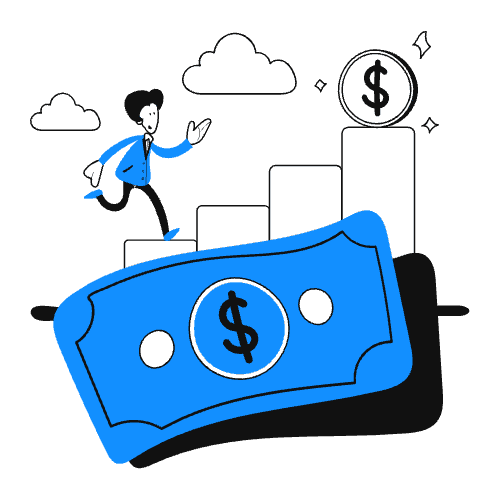
Become a Certified Salesforce Business Analyst
The Ultimate Guide to Certification, Careers, & Beyond
Find Your Next Opportunity With Clientell
Gain confidence and knowledge with a step-by-step approach to certification success
Discover Salesforce Admin paths that match your skills and goals.
Get ready to impress with these common interview questions and sample answers:
The simplest tool you didn’t know your data needed—until now.
Step 1: Understand the Job Requirements
Review the job description and focus on key skills like process automation, reporting, and requirements gathering to tailor your answers.
Step 2: Master Core Salesforce Concepts
Prepare by reviewing Salesforce tools like Process Builder, Flow, and reporting features, and be ready to discuss real-world applications.
Step 3: Practice Behavioral Questions
Use the STAR method to answer situational questions, highlighting your experience with requirements gathering, stakeholder communication, and problem-solving.
Step 4: Prepare for Case Studies
Practice solving business problems by designing Salesforce solutions, focusing on gathering requirements and aligning tools to business needs.
Step 5: Ask Thoughtful Questions
Prepare insightful questions for the interviewer about their Salesforce setup, challenges, and how the team handles business analysis and automation.

Salesforce Service Cloud is set—now let's ensure it exceeds expectations.
Know Your Worth
Research average salaries using platforms like Glassdoor and LinkedIn to understand your market value.
Understand the Company’s Budget
Get a sense of the company’s salary range and budget for the role before negotiations.
Highlight Your Value
Show how your skills in Salesforce and process automation will bring measurable value to the company.
Step 4: Be Ready to Discuss Benefits
Consider the full package, including benefits, bonuses, and professional growth opportunities.
Step 5: Be Confident, but Flexible
Negotiate confidently but be open to compromises like performance bonuses or future salary reviews.



Take the first step towards enhanced productivity—sign up now and start your free trial with Clever.






